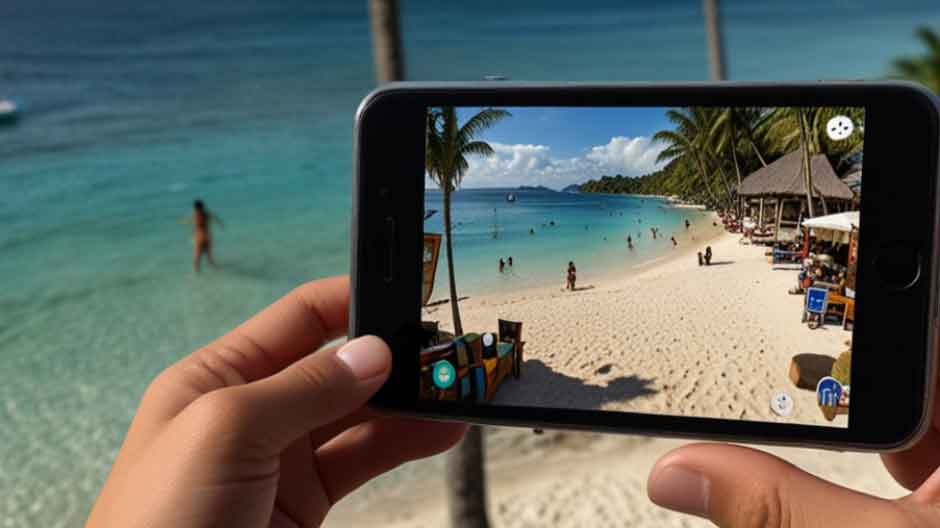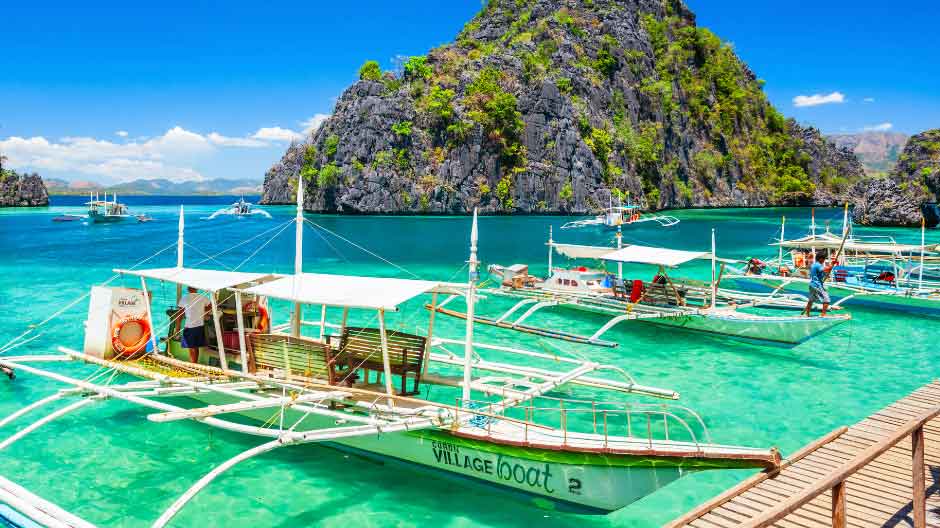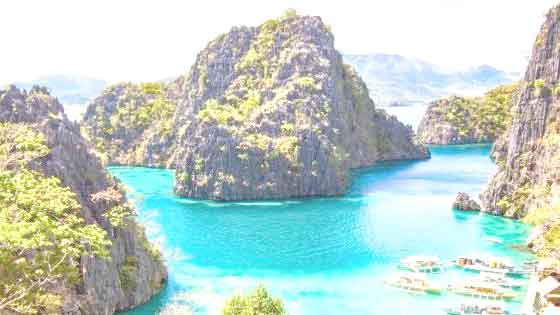In our hyperconnected world, travelers increasingly crave more than Instagram-worthy destinations—they want genuine restoration. The result? A wellness tourism revolution reshaping hospitality.

The numbers tell the story
The global wellness tourism market is racing toward $1.21 trillion in 2025, growing at over 10% annually. This isn’t just a trend; it’s a fundamental shift in how people travel, spanning everything from spa retreats to digital detox getaways.
ASEAN countries lead this charge, with their wellness tourism market valued at $51.5 billion in 2023 and growing at nearly 13% annually. Thailand, Indonesia, Malaysia, and Vietnam have mastered blending ancient healing traditions with modern luxury—a combination travelers can’t resist.
The Philippines: Asia’s Wellness Rising Star
The Philippines has quietly become a wellness powerhouse, boasting a $43 billion wellness economy. Post-pandemic recovery has been remarkable, with 2.7 million domestic wellness trips generating an average of $1,300 per journey—nearly 10% of the country’s GDP.
What makes the Philippines special? It’s the perfect storm of natural beauty—pristine beaches, volcanic landscapes, healing hot springs—and authentic traditions like hilot massage. Government backing for indigenous healing practices only sweetens the deal.
How hotels are answering the call
Smart hoteliers have cracked the code: wellness isn’t an add-on service anymore—it’s the main event. Here’s how they’re transforming guest experiences:
Digital Detox Zones: Quiet gardens and meditation spaces where Wi-Fi goes to die and minds come alive.
Fitness Evolution: Beyond basic gyms, hotels now offer yoga studios, outdoor trails, and activities that merge movement with mindfulness.
Personalized Spa Experiences: Custom treatments drawing from both local traditions and global techniques.
Sleep Sanctuaries: Smart beds, soundproof rooms, and aromatherapy kits—because quality rest is non-negotiable.
Mindful Dining: Organic, locally-sourced menus that nourish rather than just fill.
Tech-Enhanced Wellness: AI coaching and personalized health apps that extend the wellness journey beyond checkout.
The Local Touch Makes the Difference
ASEAN hotels understand that authenticity can’t be faked. Philippine resorts weave traditional hilot massage into their spa menus, while beachfront properties offer yoga platforms overlooking turquoise waters. Sustainability isn’t just trendy—it’s essential to the wellness ethos.
This approach creates a ripple effect: local job creation, cultural preservation, and environmental stewardship all benefit when wellness tourism thrives.
What’s next?
The coming decade promises even deeper personalization through AI-tailored programs and biometric wellness suites. For the Philippines and ASEAN, the winning formula combines cutting-edge technology with time-tested healing wisdom.
As wellness tourism rockets toward $1.2 trillion, one thing is clear: hotels that treat wellness as an afterthought will be left behind. Today’s travelers don’t just want a place to sleep—they want a sanctuary that restores their body, mind, and soul.
The message for the hospitality industry is simple: evolve into a wellness destination, or watch your guests check into one that has.





